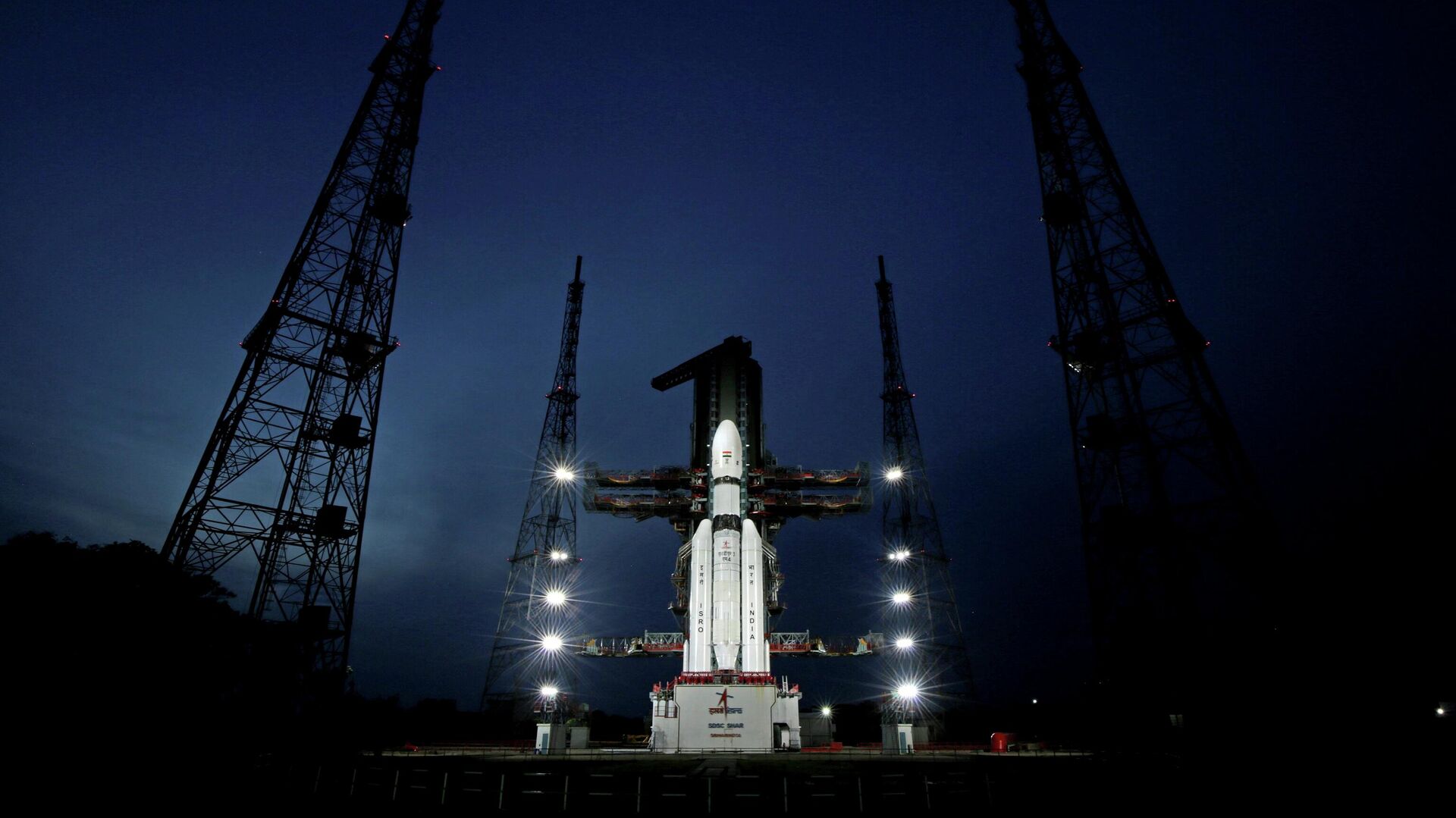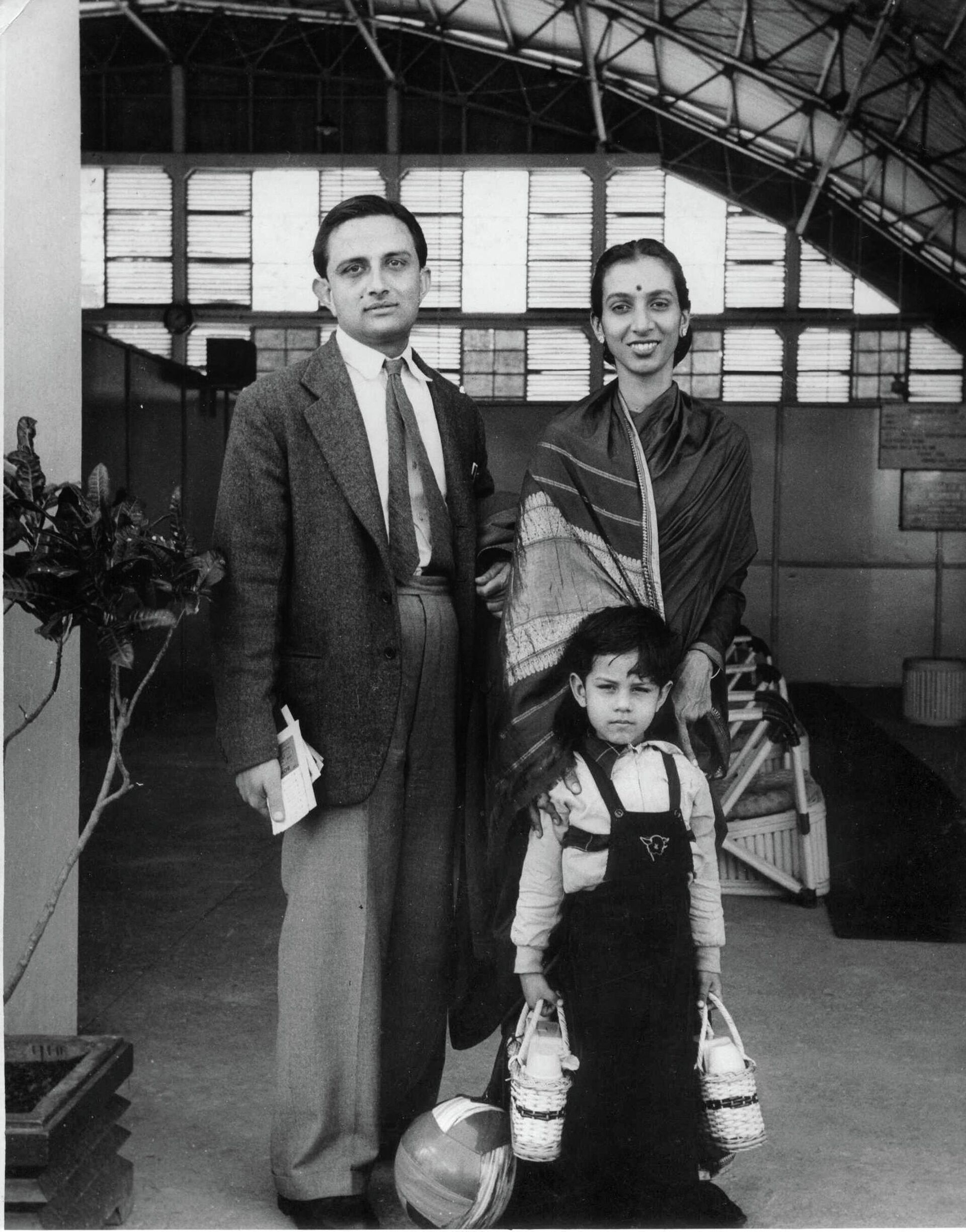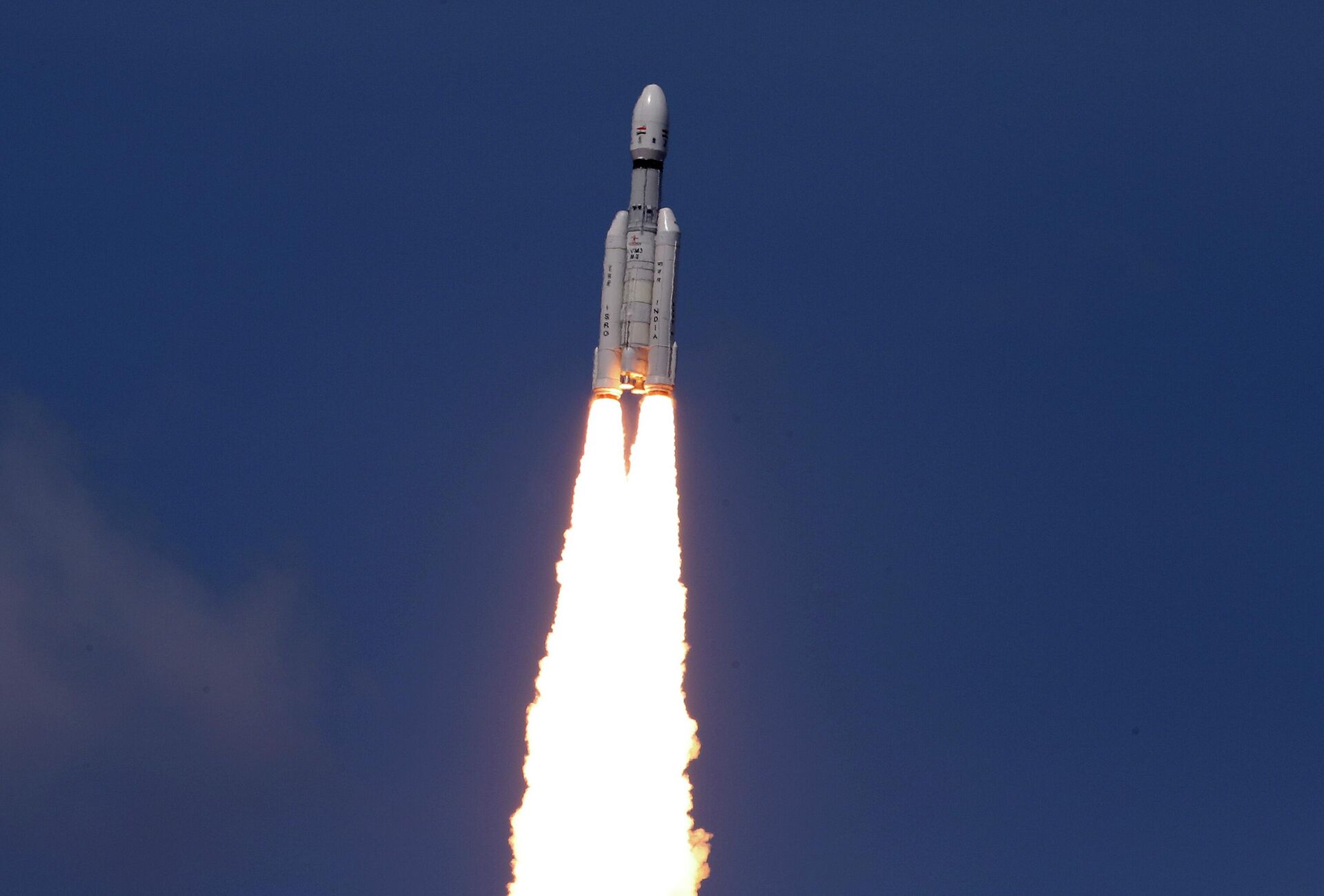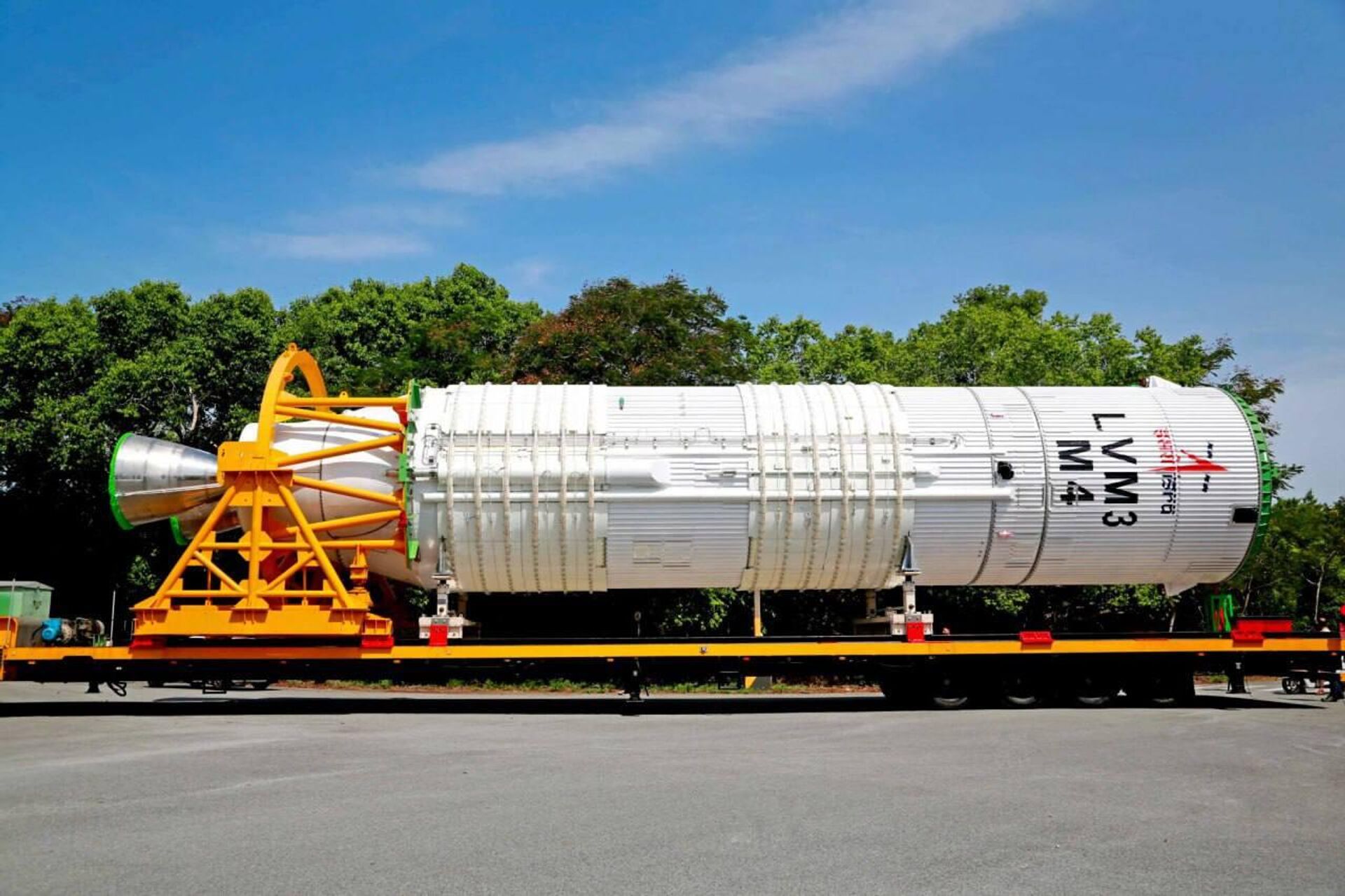Who Is the Father of India's Space Program?

Subscribe
Setting up a space program in the late 1950s was a challenge for India. Two men -- Vikram Ambalal Sarabhai, and Homi Jehangir Bhabha -- not only launched the country's space program but their vision also took India to the elite space club.
Vikram Ambalal Sarabhai, also called the father of the Indian Space Research Organisation (ISRO), inspired thousands of scientists to join India’s ambitious space program and work for the country despite getting lucrative job offers with ten-time better paygrades in foreign lands.
Why is Sarabhai Father of India's Space Program?
Born on August 12, 1919, the remarkable physicist and astronomer belonged to an affluent family in Gujarat’s Ahmedabad city. He completed his schooling in the state. However, it is said he was a curious child. He would always ask questions like why things were happening, especially in science and mathematics.
He dropped out of Gujarat College to join the University of Cambridge in the United Kingdom. Later, he graduated in natural sciences in the 1940s. But he continued his further studies at Cambridge.
However, during the Second World War, his parents urged him to return to India, and the university allowed him to come back only if he continued his studies under the leadership of Nobel laureate Sir C.V. Raman.
Sarabhai continued to work on cosmic rays at the Indian Institute of Science (IISc), Bengaluru, under physicist Raman. He returned to Cambridge in 1945 to pursue his doctorate, and in 1947 submitted his thesis on 'Cosmic Ray Investigations in Tropical Latitudes’.
While Sarabhai was in India during the Second World War, he married the celebrated classical dancer Mrinalini in 1942.

Undated picture of Dancer Mrinalini Sarabhai, her husband Vikram Sarabhai and their son Kartikeya Sarabhai. Leela Behn Sarabhai is one of Indian women Pioneers in India's Renaissance.
© AFP 2023 MANPREET ROMANA
Cradle of Science Spaces: Physical Research Laboratory
After completing his PhD, he returned to Ahmedabad and set up the physical research laboratory (PRL) in 1947. However, it is said that he conceptualized the idea of a PRL around 1942 when he was 23 years old.
Known as the cradle of space sciences in India, PRL was established to conduct research in the areas of astronomy and astrophysics, solar physics, planetary science and exploration, space and atmospheric sciences, geosciences, theoretical physics, atomic, molecular, and optical physics, and astro-chemistry.
PRL is the first of 35 institutes that Sarabhai set up in his lifetime over five decades. Prominent among them are: the Indian Institute of Management (IIM); the Community Science Centre; the Darpan Academy for Performing Arts (with his wife); and the Space Applications Centre, all four in in Ahmedabad; as well as the Vikram Sarabhai Space Centre in Thiruvananthapuram.
The Space Applications Centre came into existence after merging six institutions or centres established by Sarabhai, including the Faster Breeder Test Reactor (FBTR) in Kalpakkam; the Variable Energy Cyclotron Project in Calcutta; the Electronics Corporation of India Limited (ECIL) in Hyderabad; and the Uranium Corporation of India Limited (UCIL) in Bihar.

In this photo released by the Indian Space Research Organisation (ISRO), Indian spacecraft Chandrayaan-3, the word for “moon craft” in Sanskrit, lifts off from Sriharikota, India.
Did Sputnik 1 Inspire India’s Own Space Program?
India’s space program did not come into existence until Russia successfully launched its first spacecraft, Sputnik 1, in 1957. Sputnik 1 was the first artificial Earth satellite.
In 1958, Sarabhai, along with Homi Jehangir Bhabha (the father of the Indian nuclear program), spoke with the government of India and stressed the need to have a space program.
However, having only gained independence in 1947, India also had its own challenges to feed the country, generate employment, and unite the country. Funding for the space program was out of the question.
It was Sarabhai who stressed the fact that because India was poor, it needed a holistic space program that could address its concerns, including connectivity, health and education, and farming needs.
According to space historians, for Sarabhai and Bhabha, the space program was never about sending astronauts to the Moon or Mars but rather about how space technology could be harnessed for its applications and how satellites could be used for communication and remote sensing.
Luckily, unlike other politicians, India’s first Prime Minister Jawaharlal Nehru shared the same views of both scientists that modern science and technology are indispensable to the development of the country.
"Science alone can solve the problems of hunger and poverty, insanitation and illiteracy, superstition and deadening custom and tradition, vast resources running to waste, and a rich country inhabited by starving people," Nehru said.

Chandrayaan-3
© Photo : Twitter screenshot
A Step Toward India's Space Program
In 1958, a scientific policy resolution was passed in the Indian parliament, which committed his government to "offering good conditions of service to scientists and according to them an honored position by associating scientists with the formulation of policies."
However, Sarabhai and Bhabha were well aware that arranging funds for India’s space program was going to be challenging.
In 1959, when NASA started international cooperation with countries whose space programming was in its initial phase, Sarabhai proposed a sounding rocket launch near the geomagnetic equator.
The proposed idea was that NASA would provide the technology and equipment, and India would arrange the manpower and location.
At this time, the Indian National Commission for Space Research (INSCOPAR) was born, and Sarabhai became the chief. Later, INCOSPAR was superseded by ISRO on August 15, 1969. The date also marked the 22nd Independence Day of India.
Sarabhai died in his sleep in 1971 when he was 52 years old. However, he drew the roadmap for India’s first satellite and most of India’s space program in the 1970s and 1980s.
India’s first satellite, Aryabhata, was put into orbit in 1975 from a Russian cosmodrome.
Sarabhai as Mentor
Sarabhai was not just known for his connections in Russia, the US, or Europe; he also had very strong bonds with Indian scientists at the same time.
A number of engineers were trained at NASA, such as R. Aravamudan and D. Eswardas, and others, such as Pramod Kale, A.S. Prakasa Rao, B. Ramakrishna Rao returned to India in 1963, when India was ready for its first rocket launch, all when Sarabhai reached out to them. The facility was called the Thumba Equatorial Rocket Launching Station, or TERLS.
EV Chitnis, one of the founding members of ISRO, shared on many occasions that in the 1950s he received a message from Sarabhai that he should form a team of Indian space scientists and solve the problems being faced by the country through space science.
At that time, Chitnis was an MIT researcher in 1962, and without further question, Chitnis returned to India to work with Sarabhai.
Similarly, Sarabhai persuaded U.R. Rao (who presided as ISRO chairman after Sarabhai’s death) to reject an offer from Berkeley University and stay in India to work for ISRO.
Sarabhai also mentored the late President of India Dr. A.P.J. Abdul Kalam, who went on to be known as the Missile Man of India.

Kartikeya Sarabhai standing committee at Vikram A. Sarabhai Community Science Centre and son of Vikram A. Sarabhai, an Indian scientist and innovator widely regarded as the father of India's space program, poses in front of the photograph of Dr Vikram Sarabhai, in Ahmedabad on July 22, 2019.
© SAM PANTHAKY
Sarabhai Legacy
He was awarded the Padma Bhushan in 1966.
Padma Vibhushan was awarded posthumously in 1997.
Sarabhai Crater: The international community also named a crater on the moon, Mare Serenitatis, or Sea of Serenity, after him.
After the death of Dr. Vikram Sarabhai on December 30, 1971, TERLS was renamed Vikram Sarabhai Space Centre (VSSC) in his honor.
Space Science Day is observed in India every year on August 12.
References: ISRO a Personal History by Ramabhadran and Geeta Aravamudan, Vikram Sarabhai by Amrita Shah, Science, Geography, and Nation: the global creation of Thumba by Asif A. Siddiqi, From fishing hamlet to red planet by PV Manoranjan Rao and others, and Wings of Fire by APJ Abdul Kalam


